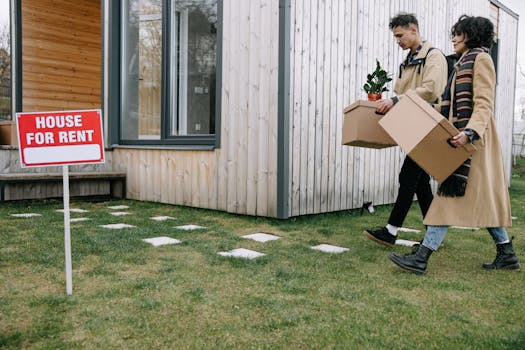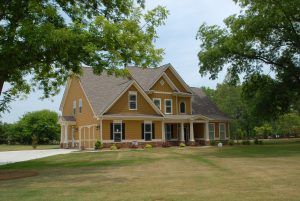Underground Homes: The Future of Climate-Resilient Housing
In recent years, there has been a growing concern over the impact of climate change on our environment. Extreme weather conditions, rising sea levels, and increased frequency of natural disasters have prompted a global shift towards sustainable and resilient living. As a result, innovative housing solutions are on the rise, with one particular type of housing gaining more attention – underground homes. These futuristic structures are not just confined to science fiction anymore, but are increasingly becoming a practical and sustainable solution for climate-resilient housing. In this article, we will delve into the concept of underground homes and their role in shaping the future of housing in an environmentally conscious world.
The Emergence of Underground Homes
The idea of living underground is not a new one. Throughout history, humans have utilized the earth as a source of shelter, with cave dwellings and underground cities being prominent examples. However, the modern concept of underground homes takes this idea to a whole new level. With advanced technology and sustainable building materials, architects and engineers have been able to create homes that are not only environmentally friendly, but also aesthetically appealing and livable.
Climate-Resilient Design
The primary motivation behind the development of underground homes is their resilience against natural disasters and extreme weather conditions. Since they are built beneath the surface of the ground, they are less susceptible to damage caused by hurricanes, tornadoes, or earthquakes. Additionally, the earth acts as a natural insulator, providing a stable and comfortable temperature inside the home, regardless of the weather outside. This makes underground homes an ideal solution for areas prone to extreme weather events.
Sustainability and Energy Efficiency
Another major benefit of underground homes is their eco-friendliness. By being partially or fully buried in the ground, these homes have a smaller carbon footprint compared to traditional above-ground houses. The earth itself acts as a natural form of insulation, reducing the need for heating and cooling systems. This not only results in lower energy bills but also reduces the dependence on non-renewable energy sources. Moreover, underground homes can incorporate sustainable features such as solar panels, rainwater harvesting, and composting systems, making them even more self-sufficient and environmentally friendly.
The Advantages of Underground Living
Space Efficiency
One of the major challenges facing the world today is the growing scarcity of land. As the population continues to grow, there is a need for more living spaces without encroaching on natural habitats. Underground homes offer a solution to this problem, as they utilize the unutilized space beneath the ground. By building downwards, these homes are not only able to maximize space but also reduce the environmental impact on the surrounding area.
Quiet and Private Living
Living in an underground home also offers the advantage of peace and quiet. Because they are built beneath the ground, these homes are naturally soundproof and provide a tranquil living environment. They also offer a greater sense of privacy, as they are secluded from the noises and distractions of the outside world. This makes underground homes an attractive option for those who value a more serene and peaceful living space.
Is Underground Living for Everyone?
While the concept of underground homes may seem appealing, it may not be a suitable option for everyone. Living underground requires a certain lifestyle and a willingness to adapt to a different way of living. For some, the lack of natural light and access to outdoor spaces may be a major drawback. Additionally, building and maintaining an underground home can be more expensive and challenging compared to traditional homes. However, as technology and innovation continue to advance, these challenges may be overcome, making underground living a more accessible and viable option for a wider population.
Conclusion
The future of housing lies in sustainable and climate-resilient solutions. Underground homes offer a promising approach to address these issues, with their design emphasizing on energy efficiency, space optimization, and the use of natural materials. While underground living may not be for everyone, its unique features and benefits make it a strong contender in shaping the future of housing. With further research and development, underground homes could become a mainstream housing option, contributing to a more sustainable and resilient world.









